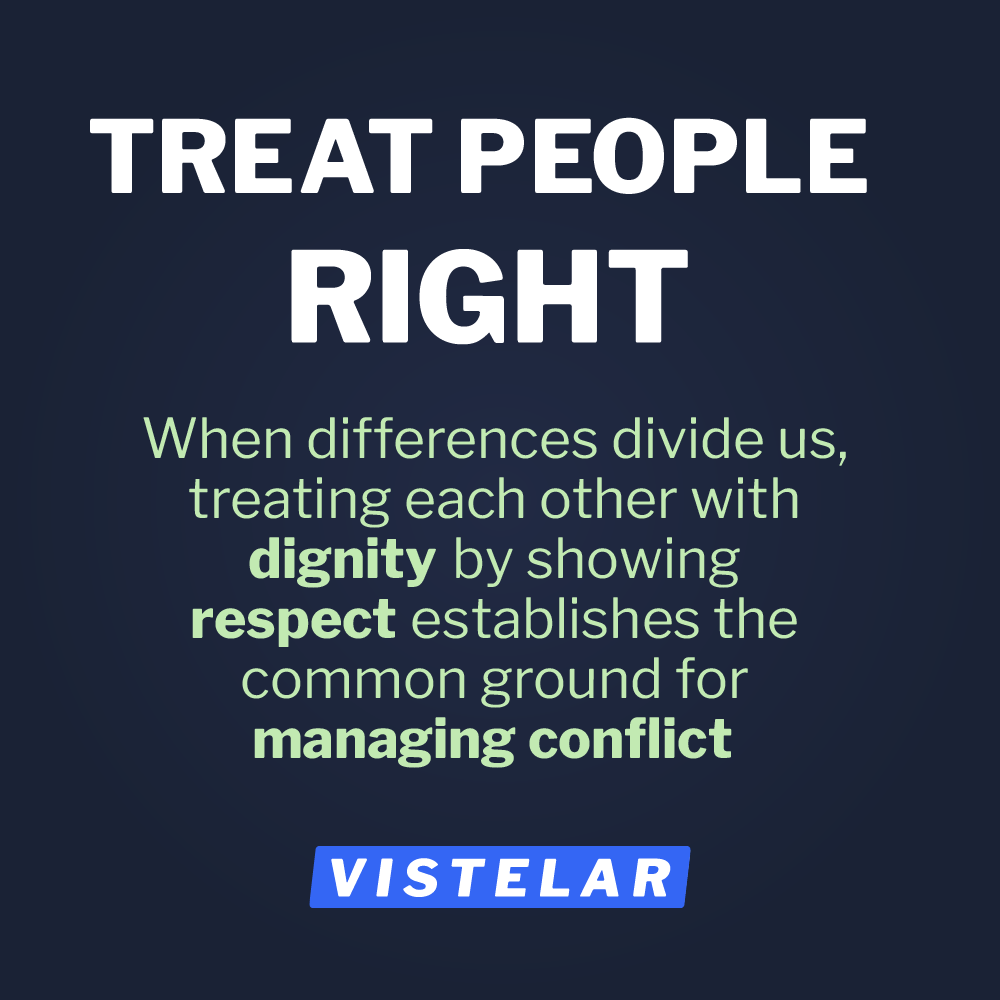A hospital is meant to be a place for healing but there is a wide range of issues that can get in the way of healing. These roadblocks can lead to longer patient stays, lower patient satisfaction, and even an increased incidence of death.
In this article, I want to discuss a barrier to healing that is often ignored — but let me first briefly review the issues getting in the way of healing that are well understood.
Hospital medical errors, generally considered to be the third leading cause of death in the United States, is one of these issues. Poorly controlled pain, undernutrition, and lost sleep are other well-established factors that get in the way of patient healing.
In addition, there is solid evidence that the environment can contribute to reducing errors, falls, and infections, and improving privacy and comfort (“Healing environment: A review of the impact of physical environmental factors on users,” Building and Environment Volume 58, December 2012, pages 70-80).
In her 2010 white paper “Creating Environments That Heal,” Susan Mazer, MA, President & CEO of Healing Health Systems suggests that even clutter in patient rooms, hallways, and nursing stations can be roadblocks to healing.
And, we certainly can’t forget poor compliance with hand-washing protocols.
So those are the well-understood barriers to healing. Now let’s look at a barrier that’s often ignored — stress.
Origins Of Stress As It Applies To Medicine
Dr. Hans Selye (1907-1982) coined the term “stress,” as it applies to medicine, in 1936.
I heard Dr. Selye speak many years ago and I still remember the story he told about the origins of his theories on the impact of stress on the human body. He entered the German Medical School in Prague at the age of 17 and, while he was a medical student, he described his first visit to an intensive care unit. The attending physician asked the students for their impressions and Selye’s response was that all the patients “looked sick.” As Dr. Selye explained, this observation was the first step in his recognition of “stress” as a contributor to health issues.
Today this is common knowledge but, surprisingly, it hasn’t always been. However, due to all the research over the last eighty-years, almost everyone now recognizes the impact of stress on health and healing.
An Example Of The Impact Of Stress
Here is an interesting example of the impact of stress that I found in writing a book about weight, nutrition, and fitness in the mid-2000s. I learned about a small town in Pennsylvania (Roseto) where, in 1961, a local doctor was completely baffled by the townspeople’s near-immunity to heart disease.
He got a grant to research this phenomenon and his study was published in the Journal of the American Medical Association (JAMA) in 1964. During the seven-year study period (1955 and 1961), no one under 47 died of a heart attack, there was a complete absence of heart disease in men under 55, and the rate of heart attacks in men over 65 was half the national average.
Obviously, the researchers were pretty curious about what was protecting these folks. Because most of the town were Italian immigrants, they first assumed it was their “Mediterranean” diet. However, the people in this small town didn’t have enough money for fish so they ate high-fat meatballs and sausages and fried much of their food in lard. 40% of their caloric intake was fat.
So, the researchers next assumed it must be “lifestyle” factors that were protecting the population from heart disease. But, they found the men worked in slate quarries where they contracted illnesses from gasses and dust — and smoked unfiltered stogies and drank wine “with seeming reckless abandon.”
Remember, this wasn’t some casual study; it was published in a rigorously peer-reviewed medical journal. The population of Roseto had almost no heart disease yet the townsfolk ate red meat deep-fried in lard, smoked and drank heavily and worked in toxic slate mines. The researchers also looked at ethnicity, water supply, environment, you name it. They were totally stumped.
What they finally concluded was the town’s near-immunity to heart disease was due to low levels of stress. The community was very cohesive, there was no keeping up with the Joneses, people were mutually supportive, and everyone just got along.
If that isn’t crazy enough, check this out. The researchers came back to this small community 30 years later and found the population had become increasingly insular, separated, and less supportive of each other. And, sure enough, the levels of heart disease had risen to levels on par with surrounding towns. Like the 1964 research, this study was peer-reviewed and published in 1992 in the American Journal of Public Health and is an example of the health impact of stress in the community.
Stress Within Hospitals
Besides the community impact of stress, it’s also an issue in hospitals — and is a barrier to healing. I know from personal experience.
Between January and November of 2017, I had six surgeries so I spent a lot of time in the hospital. Nothing life threatening and I’m fine now (parts of my insides migrated to where they shouldn’t be and they had to be put back).
I wouldn’t want to go through this again but, as a partner in a conflict management training company Vistelar, I found my hospital stays of various lengths (as long as eight days) to be valuable research opportunities.
Besides the physiological stress of illness and treatment that’s obviously present in all hospital patients, there are also high levels of emotional stress that gets less attention. Where does that stress come from? — primarily conflict.
Conflict is the source of almost all emotional stress— which arises from disagreements, indignity, fear, and vulnerability, which are so prevalent in a hospital.
The training company I work for “addresses the entire spectrum of human conflict at the point of impact,” and I’m one of the partners who is constantly looking for approaches to better manage conflict and reduce stress. Therefore, being in the hospital was, for me, like being in my own private research lab.
The core concept we teach at Vistelar is that, if your goal is to reduce conflict, you should “treat people with dignity by showing them respect” and then we share our five approaches to showing respect.
Ask and Explain Why
One of those five approaches is to “ask and explain why” and, through my many days in the hospital, I learned this approach has an opportunity for great application in hospitals.
Let me explain.
First, here is the explanation of this approach to showing respect from Vistelar’s training manual.
“Every time you would like someone to do something, make a conscious effort to ask him or her to do it rather than tell them. Show people respect by asking a question rather than barking a command. Asking is for human beings, telling is for dogs (sit, roll over, bark).
Then, once you have asked, make the assumption that people can be easily confused. Presume the individuals with whom you interact may not understand what is going on or have any idea what will happen next. Take the time to provide an explanation for why things are done as they are.
Realize that, if you don’t explain why, the other person will likely fill in the blanks with their own reasons which could be incorrect and will probably be negative.”
Ask
Like we do in our training, let’s cover this in two parts — first “ask” and then “explain why.”
When I was in the hospital it was so much better to be “asked” to do something rather than being “told:”
“Can you have a seat while you wait?” versus “Take a seat.”
“Are you able to get on the scale?” versus “Get on the scale.”
“Can you please come with me?” versus “Come with me.”
“Are you able to get up and go for a walk?” versus “Let’s go for a walk.”
At Vistelar, we primarily train “conflict professionals” — individuals who directly interact with the general public or an organization’s clients — and, of all the tactics we teach, this “ask versus tell” tactic is probably the simplest. But, its simplicity doesn’t degrade from its effectiveness in better managing conflict.
Conflict management training is often described as “de-escalation” training — how to take a situation involving conflict and calm it down. In our training, we focus on “non-escalation” — how to prevent conflict from developing in the first place.
The goal of “ask versus tell” is non-escalation. In a hospital, people are already stressed due to a wide range of physiological or emotional factors, so the tiniest little thing can set people off. There were certainly times during my six hospital stays when I felt quite fragile and it was so calming when people asked me to do something rather than telling me to do it.
Telling causes stress and stress impedes healing. The “ask” tactic reduces stress and, as a result, can be a significant contributor to healing. That was certainly my experience.
Explain Why
So, let’s look at “explain why”.
When I was in the hospital I literally experienced thousands of situations where “explain why” could have been used but wasn’t. For example, here are some explanations a healthcare worker could provide.
“When you are in the hospital, you will be repeatedly asked to tell us your name and date of birth. You might find this a bit annoying, but the reason we do this is ….”
“We are going to take you down for an x-ray now. The reason we are doing this test is …”
“I just wanted to let you know that visiting hours will be ending in about 30 minutes. The reason we don’t allow guests to stay after 8:00 PM is because …”
“We will be taking your vital signs now. The reason we do this every six hours is because …”
As we state in our conflict management training manual, you should “make the assumption that people can be easily confused. Presume the individuals with whom you interact may not understand what is going on or have any idea what will happen next. Take the time to provide an explanation for why things are done as they are.”
I can confidently say that hospitals are confusing places for everyone. I have a degree in pharmacy, practiced hospital pharmacy for many years, and worked as a senior executive in the pharmaceutical and medical device industry for decades — and I was confused.
Why are you doing this?
What is going to happen next?
Why am I taking all of these medicines?
What are all of these tests for?
Why hasn’t the doctor been in to see me?
Why am I so dizzy?
Why can’t I have salt on my food?
I could go on and on and on.
Again, at Vistelar, we categorize the “explain why” tactic as a non-escalation tactic — to prevent conflict from happening rather than to de-escalate conflict that’s already occurred.
When you don’t explain why people come up with their own reasons and those reasons are often wrong and almost always create a lot of stress. Relative to the examples above, here is how a patient might respond:
“You must think I have a mental disorder because you’re always asking me to repeat my name and date of birth.”
“They must have found something pretty bad or they wouldn’t be doing this x-ray.”
“They must not like my family or they’d let them stay.”
“They must be pretty worried about me to wake me up just to take my temperature.”
As with “telling” (instead of “asking”), I believe that “not explaining” is a barrier to healing. In contrast, “explaining why” is a show of respect and, when done consistently, can prevent a great deal of the angst and frustration of a hospital stay.
Again, that was certainly my experience during my six hospital stays during 2017.
A Simple Application Of “Explain Why”
In fact, I believe that one simple application of “explain why,” if used consistently in every hospital in the United States, would have a measurable effect on healing.
Every night over 600,000 patients are woken up at “0-dark-thirty” for a blood draw. The door swings open, the bright lights are turned on, and a well-meaning phlebotomist asks each of these patients for their name and date of birth and then sticks a needle in their arm.
Over the last several years, I’ve asked a lot of prior hospital patients why they think this happens and I’ve never received an explanation that was correct. Instead, I’ve heard such things as “I have no idea” (most common), “They just want to be mean,” “Phlebotomists only work in the early morning,” and other crazy reasons.
What would be the impact if every night nurse in the United States was trained to give a brief description as to what to expect the next morning relative to the daily blood draw and a correct explanation as to why this needs to happen (“The reason we do this so early is so we can get the results back before your doctor comes to see you later in the morning. That way he can decide on what to do next and keep any delays in your treatment from happening.”)
I’ve spent a lot of nights in the hospital and no one has ever given me this explanation. I know the reason from my hospital pharmacy days, but in my experience, almost no-one else understands why the hospital needs to “be so mean.”
So, what happens? — some portion of these 600,000+ people get upset but don’t say anything, others act out their anger by verbally abusing the phlebotomist, others give a lower rating on the patient satisfaction survey due to this practice and I’m guessing some actually file a complaint.
I don’t know if this is true, but I would bet that every night in America there are phlebotomists who are either emotionally or physically hurt by the behavior of a patient. And, if that’s true, I wonder the impact that has on phlebotomist turnover.
What would be the impact of every night nurse in the United States using this simple “explain why” tactic with every patient? Personally, I think the accumulated effect — when used night after night, every day of the year, and with every patient — would be significant.
————-
Well, there you have it — a simple and free tactic to improve healing by reducing the stress of a hospital stay and to increase patient satisfaction scores.
As Hans Selye said, every patient in a hospital “looks sick,” they are all experiencing stress — both emotionally and physiologically. Given my experience during 2017 and Vistelar’s experience over the last three decades, I’d encourage you to try this tactic to reduce stress levels by preventing conflict (non-escalation). As we learned from the research in Roseto, Pennsylvania, reducing stress can have a significant impact on health and wellbeing.








